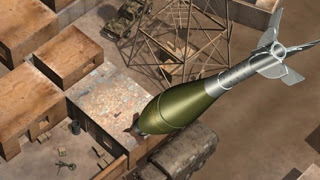Progress to a vaccine for acne
Sanofi-Pasteur, the world’s biggest vaccine company, has signed a contract with the University of California, San Diego, to develop “an immunological approach to acne prevention and treatment”. Acne is no joke. “More than 85 per cent of teenagers and over 40 million people in the United States alone are suffering this disease” and many adults …







